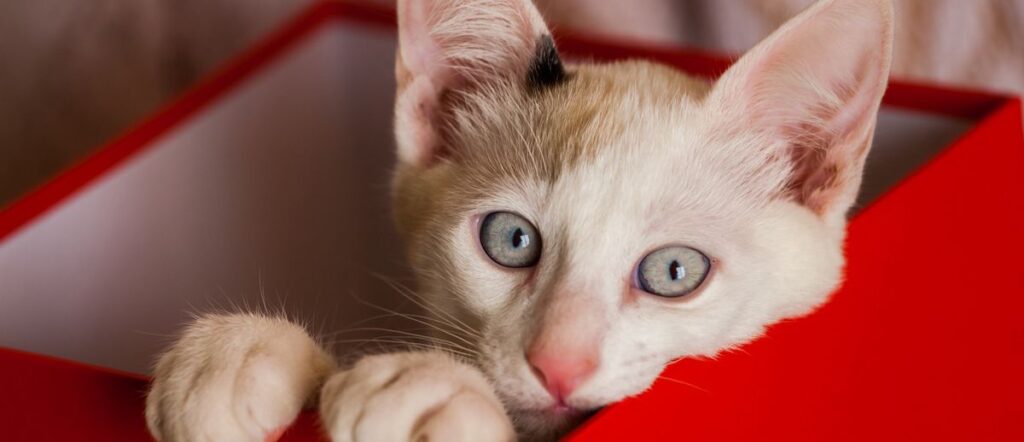In the vast and ever-changing kingdom of internet culture, where memes rise and fall with the setting sun, one ruler has held a peculiar and enduring throne. His name is not whispered in hushed tones but proclaimed with a mixture of confusion and glee: Pootenlord.
To the uninitiated, the name might sound like a typo or a nonsense word from a children’s book. But to those in the know, Pootenlord is the undisputed, fluffy-faced sovereign of a bizarre and wonderful corner of the web. He is not a political commentator, a gamer, or a viral stuntman. Pootenlord is a cat. A very specific, seemingly unremarkable, yet profoundly iconic cat.
The Origin of a Legend
The saga of Pootenlord began not on a grand stage, but in the humble digital halls of 4chan’s random board, /b/, around the late 2000s. The story, as internet lore often is, is shrouded in a bit of mystery. The most common origin tale involves a user who found a photograph of a fluffy white cat with a strikingly grumpy or displeased expression. For reasons known only to the anonymous poster, they bestowed upon this cat the magnificent title of “Pootenlord.”
The name itself is the first layer of the meme. It’s utterly meaningless, yet it carries immense weight. It’s silly, but spoken with the gravity of a royal decree. It perfectly captures the internet’s ability to assign profound significance to the completely arbitrary. The cat in the original photo wasn’t doing anything special—it was just a cat. But the name transformed it into an icon.
The Aesthetic of the Poot
What does it mean to “poot,” and what makes one a “lord” of it? This is the central, unanswerable question that fuels the mythos. The concept of “the poot” evolved into a abstract state of being. To be “poot” is to exist in a state of serene grumpiness, detached from the mundane concerns of the world. It is a philosophy of cat-like indifference elevated to an art form.
Pootenlord became more than just a picture; he became an aesthetic. Online, followers of the Pootenlord (sometimes called his “subpoots”) began sharing images that fit this vibe. This included:
- Other Grumpy-Looking Cats: Especially fluffy white ones resembling the original.
- Images of Decadence and decay: Gold-plated objects, classical statues, baroque interiors—often juxtaposed with low-quality or absurd elements.
- A Sense of Aristocratic Aloofness: Anything that evoked the feeling of a disinterested nobleman watching his empire crumble with a sigh of boredom.
The Pootenlord aesthetic is a bizarre fusion of high art and low-brow humor, of grandeur and sheer nonsense. It’s a inside joke where the punchline is the entire construct itself.
The Man Behind the Meme (Maybe)
Adding another layer to the myth, a figure emerged known as “The Pootenpope” or “The Pootenpriest.” This was allegedly the original owner of the cat, who would occasionally appear online to share new, “canonical” photos of His Majesty. These sightings were treated with the excitement of a papal decree, further solidifying the cat’s cult status. Whether this person was the real owner or just an excellent troll playing the part was irrelevant—it was all part of the performance.
The Legacy of the Lord
While the fever-pitch hype of the late 2000s and early 2010s has subsided, Pootenlord’s influence persists. He remains a beloved figure in niche online communities, a nostalgic reminder of a weirder, perhaps more creatively absurd time on the internet.
His name is still invoked as a shorthand for a specific type of humor. To declare something “very poot” is to acknowledge its perfect alignment with a vibe of majestic, inexplicable silliness.
Pootenlord’s enduring reign proves a fundamental truth of internet culture: meaning is not found, it is assigned. A random cat photo, paired with a nonsense word, can spawn a philosophy, an aesthetic, and a community. He is a king not by birthright, but by the collective, absurd will of his subjects. Long may he poot.

